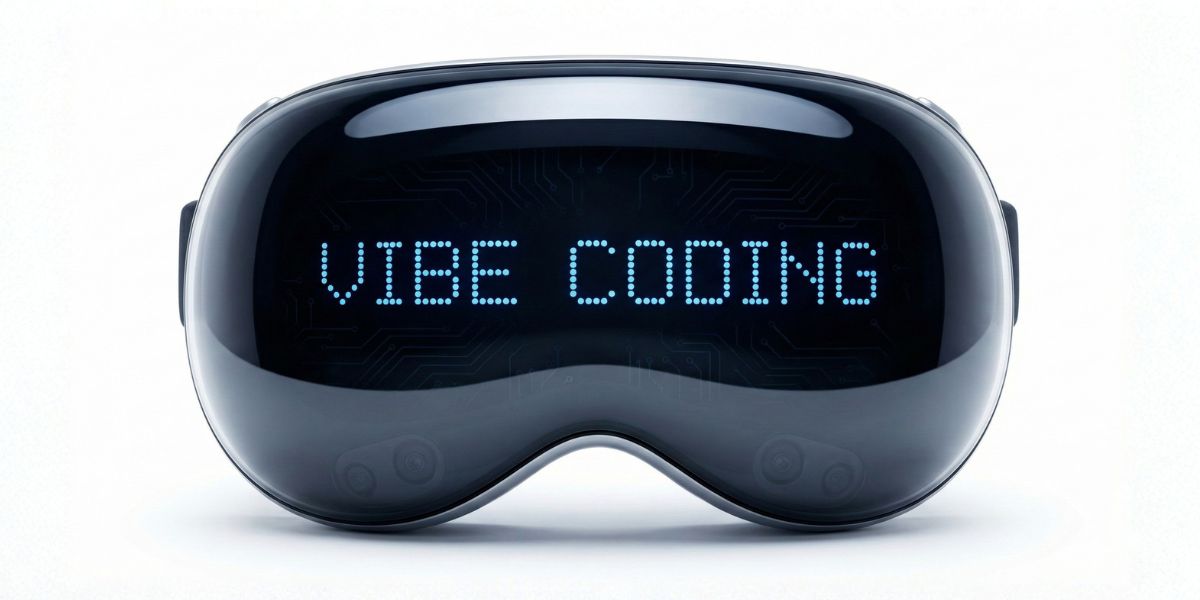Designing with AI: The Impact of Generative AI on UI/UX and Product Design

4 min read | By Nishali M | 31 October 2025 |
Generative AI in design is projected to surge from $741M in 2024 to $13.94B by 2034.
Source: Procreator
Artificial Intelligence (AI) is revolutionizing industries, and design happens to be one of the most transforming fields. From automated workflows to creative AI, there are generative AI programs redefining what it means to design intuitive digital products, user interfaces, and meaningful user experiences. AI in design is less about replacement and more about enhancement: it nourishes human imagination, speeds up the processes, and opens up innovations beyond human reach.
This blog covers the disruption by AI in UI/UX design, product innovation, and creative processes, touching on challenges and ethical implications raised by the bright future for generative design tools.
Source: precedenceresearch
How does AI help in design?
AI is resolving problems in design, creatively able to consider efficiency. It engages in such menial and repetitive works as resizing or colorizing images so that the designer can work on an idea. Generative AI design creates multiple options based on input parameters, allowing for a rapid exploration of new ideas. It further relates to enhanced interactions when behavior is analyzed to provide a personalized interface or design ideas best suited for differing types of end audiences. It brings predictive insights or accessibility evaluation, AIs are co-designers that help speed up experimentation and support design decisions, allowing for more efficient and user-centered design.
What are AI powered design tools?
AI optics are a novel generation of software that utilizes artificial intelligence to aid a designer in generating, automating, and optimizing certain phases of the designing process. AI design tooling differs from conventional design tooling in that it employs machine learning, natural language processing, and computer vision-based algorithms to interpret inputs, brainwave creative outputs, and justify creative workflows. Some generative design applications include:
- Adobe Firefly: Creates images, text effects, and creative assets based on simple prompts.
- Uizard: Turns written descriptions into wireframes and interactive prototypes.
- Khroma: Creates customized color palettes according to your style preferences.
- Fronty: Converts images into clean HTML/CSS code to speed up web design.
- Canva AI Features: Includes Magic Write, Background Remover, and AI-powered design suggestions.
- Runway: The go-to tool for AI video editing, image editing, and artistic creations.
Benefits of AI in UI/UX
Artificial Intelligence (AI) is rapidly changing the dynamics of UI/UX design to make it more intuitive, personalized, and efficient. When AI ingests design flows, it begins to help businesses design interfaces that can respond to and foretell a user’s needs and thus offer experiences with the highest added value.
Personalized User Experience: AI would personalize interfaces, content, and suggestions for the interface based on behavior and preference attributes, centered around the user.
Predictive Design: Understanding the necessity of an end user, the AI might suggest AI for wireframing activities or content so as to eliminate friction through the processes and hence promote usability.
Automated Design Process: This allows automated execution of menial design tasks such as layout optimization and A/B testing. The process enables designers to focus more on creative work while thinking about design.
Accessibility: AI design assistants use algorithms to transform interfaces into accessible designs through voice commands and text-to-speech capabilities and dynamic resizing and view orientation control.
Data-Driven Insight: Through analyzing vast quantities of user interaction information, AI identifies user problems and optimizes user pathways to deliver optimal user satisfaction.
Fast Testing and Iteration: AI software replicates user actions to test multiple design versions before delivering results faster than human-operated testing procedures.
Standard Design Systems: The system achieves brand consistency across multiple platforms through automated style guidelines combined with color schemes and component implementation.
Major Challenges in Artificial Intelligence Design
Creating Artificial Intelligence (AI) systems involves various complexities beyond coding and algorithms. Although AI holds the power to transform industries, AI design is riddled with technical, ethical, and societal hurdles. Some of the major challenges include:
Data Quality: AI systems require massive datasets for their training, and in case AI in creative industries, the poor-quality, biased, or scanty data is anywhere from being responsible for erroneous results, thereby putting the effectiveness and fairness of the system at risk.
Fairness: Ensuring an unbiased decision-making process stands as a major challenge. AI models may pick up the unwanted bias that exists in the datasets during their training and produce inherently unfair or discriminatory outputs.
Transparency: Most of the AI is a “black box,” and decision reasoning is difficult to explain. The inability to interpret leads to the problem of trust, particularly in high-stakes domains like healthcare and finance.
Privacy Concerns: Designing AI responsibly appears to require stiff integrity on privacy and ethical grounds. Considerations on misuse of personal data, surveillance, and unethical applications constitute societal concerns.
Security Risks: These AI systems can fall prey to adversarial attacks (data poisoning, adversarial inputs, or model theft). Security assurance during the design remains a constant challenge.
Scalability and Integration: Scaling up to large-scale deployment introduces problems of its own. Integrating the AI system with existing systems may be challenging while trying to achieve the optimal performance and efficiency.
Regulation and Compliance: Lack of a solid global standard on AI is still an issue. Designers working with design automation have to navigate through disparate legal systems, complying with an evolving regulatory environment.
The Future of Product Design with Generative AI
Generative AI is revolutionizing the future of AI product design by spreading human imagination with computational power. Designers can test many versions in seconds, thus speeding up ideation and prototyping and releasing a unique design potential. At the same time, customized alternatives are facilitated as it can customize products based on the requirements and behavior of a user. It also promotes sustainability by optimizing resources and minimizing waste, along with enhancing collaboration between design and engineering teams. Instead of replacing designers, the technology fosters designers’ imagination to realize smarter, efficient, and highly innovative products in tune with what the future demands.
To wrap up
AI-powered design tools are transforming the methodology used to create digital products: making design more efficient, personalized, and creative. These tools allow designers to focus more on strategy and user experience by removing the repetitive tasks or even aiding generative AI-driven creativity. In the path of using AI in design, several questions raise concerns, including bias, data privacy, and transparency. By marrying human creativity with AI-powered intelligence, the future of AI UI/UX and product visual design would have a high concentration on creating a user-centric, sustainable, and forward-thinking interface.
Most frequently asked questions
AI can design websites by generating layouts, color schemes, and even content. AI-powered tools streamline the process, making web design faster and more efficient.
The future of designers with AI is collaborative. While AI automates repetitive tasks, designers focus on creativity, strategy, and design thinking.
AI can automate repetitive design tasks such as layout adjustments, AI for prototyping, and A/B testing. This reduces workload and allows designers to spend more time on innovation and problem-solving.
AI can be used in product design for rapid prototyping, user behavior analysis, personalized design suggestions, and generating creative variations, helping teams build user-friendly products faster.
AI for graphic design refers to using tools that apply machine learning to create visuals, generate templates, edit images, and assist with branding elements, enabling designers to work more efficiently.
The latest from our editors
Join over 150,000+ subscribers who get our best digital insights, strategies and tips delivered straight to their inbox.


